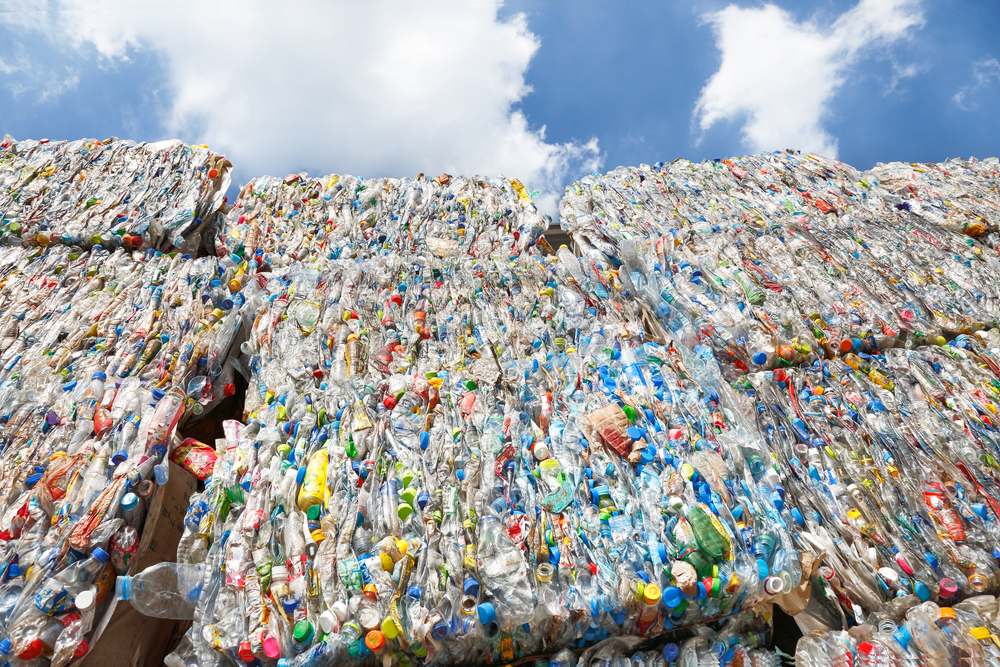The Dutch are conscientious about separating plastic waste. Most plastic packaging, such as milk bottles, shampoo and soda bottles, are made of polyethene (PE). To date, only a small portion of this plastic is reused for the production of new plastic bottles. Most are recycled into products such as sewer pipes. ‘This does not contribute to the circular economy in the packaging industry’, says Wageningen researcher Ulphard Thoden van Velzen.
His research team at Wageningen Food and Biobased Research disentangled a bale of plastic bottles. They tested the quality and strength of the plastic in five stages. First, all organic residues were removed. Then, they went on to remove all other types of plastic from the bale, such as polystyrene. Next, the bottles were separated from the other PE packaging materials. Fourth, all manner of “contaminants” were removed from the bottles, such as caps and labels. Clean PE bottles were all that remained.
Quality
The researchers determined the quality at every stage. The purer the PE, the better the quality and mechanical strength’, the research group writes in an article in Packaging Technology and Science. ‘The better we separate PE plastic, the better we are able to reuse it.’
I feel that all stakeholders should take a step
Ulphard Thoden van Velzen
Cheaper
However, the problem is that recycling businesses are hardly able to get their plastic used. ‘Their storages are filled with large bales of plastic. This is because food businesses are only permitted to use new PE plastic, and non-food businesses, such as shampoo and detergent factories, prefer to use new PE, which is cheaper and of better quality. Repurposed PE can vary slightly in colour and odour, and may contain traces of a large variety of chemicals. Recycling businesses do not have a cost-effective way of extracting these chemicals.’
Cables
If the PE is adequately separated, it can be reused perfectly, says Thoden van Velzen. How often? ‘Multiple times, but I would be happy if it were reused in the packaging industry once.’ Instead, PE plastic is reused in cables, plastic barrels and sewage pipes, but this is a limited market.
Rules
Collecting services, sorting companies, supermarkets and food businesses blame each other, says the researcher. ‘I feel all stakeholders should take a step. The supermarkets should set a target to reuse more plastic waste. The sorting companies must be motivated to sort as meticulously as possible rather than being paid per kilo. The government must formulate rules to stimulate recycling plastic.’
You may also like:

 Photo: Shutterstock
Photo: Shutterstock